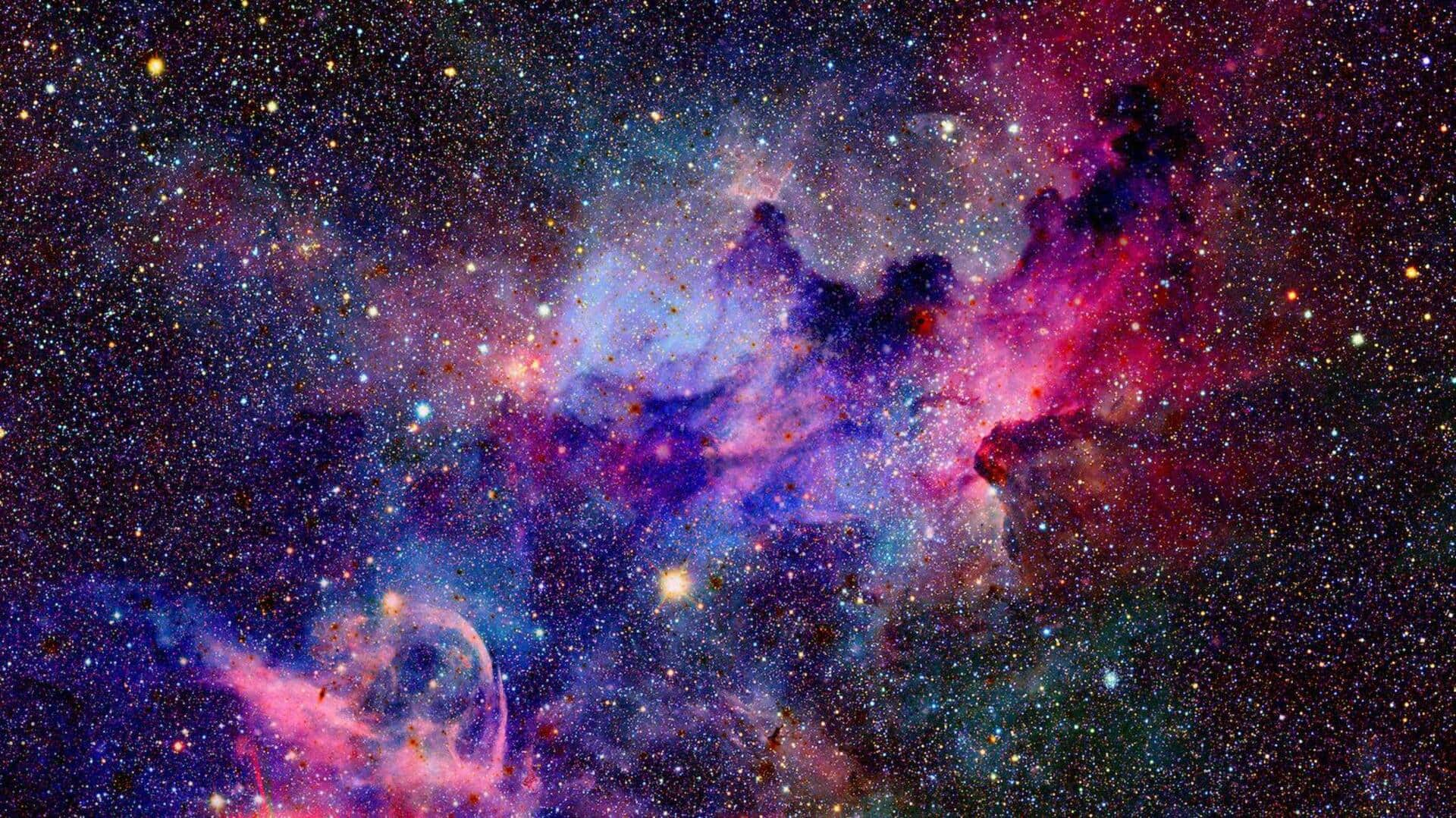
This is where 'missing' matter of the universe is hiding
What's the story
Astronomers from the Center for Astrophysics | Harvard & Smithsonian (CfA) and California Institute of Technology, have made a major breakthrough by locating the "missing" matter of the universe. The study, published in Nature Astronomy, shows that more than three-quarters of the universe's ordinary matter is hidden in thin gas between galaxies. This discovery sheds light on how matter behaves and interacts within our cosmos.
Cosmic clues
How FRBs helped locate elusive baryonic matter
For many years, scientists have known that at least half of the universe's ordinary matter (baryonic) was unaccounted for. This matter, mostly made up of protons, is thought to exist as hot, low-density gas in the space between galaxies. However, it has been difficult to detect with most telescopes. Now, astronomers have used Fast Radio Bursts (FRBs) - the brief radio signals from distant galaxies, to locate this elusive matter in the universe.
Matter mapping
Tracing the gas on its journey
The research team analyzed 69 FRBs, ranging from 11.74 million light-years to a record-breaking 9.1 billion light-years away. By studying how much each FRB signal slowed down while traveling through space, they were able to trace the gas on its journey. This led them to conclude that almost 76% of the universe's ordinary matter is located in the intergalactic medium (IGM) - the space between galaxies.
Astronomical achievement
Study confirms predictions from advanced simulations
The study's findings match predictions from advanced cosmological simulations, confirming that about 76% of the universe's baryonic matter is present in the IGM. The remaining 15% is found in galaxy halos, while 9% is buried within stars or cold galactic gas. "It's a triumph of modern astronomy," said Vikram Ravi, an assistant professor of astronomy at Caltech and a co-author of the paper.
Reason
Why this study is crucial
The distribution of ordinary matter is crucial to unlocking secrets about galaxy formation, matter clumping in the universe, and light travel across billions of light-years. "Baryons are pulled into galaxies by gravity, but supermassive black holes and exploding stars can blow them back out," said Liam Connor, an astronomer at CfA and lead author of the study. "Our results show this feedback must be efficient, blasting gas out of galaxies and into the IGM," he added.